There can be your advertisement
300x150
How to Create a Multi-Functional Landscape Project for the Community
Transforming empty lots into green spaces can improve the mental health of adults in communities. The importance of public spaces cannot be overstated, as they provide people with a shared area for coming together and interacting with the community. When designing public spaces, it is essential to make them as useful as possible so that everyone, regardless of age, can enjoy and use their features. A multi-functional landscape project that meets the needs of the entire community makes sense, allowing everyone to feel comfortable, relaxed, and engaged in the public environment.

Integrating Families and Children
Public spaces are not only designed for adults but must also be planned with the needs of various groups in mind. For example, dividing public space into several zones allows for a place for families with children. While part of the landscape design includes lawn planting where kids can run or play, it is extremely important to also include lawn maintenance as an element of the plan. Without proper care, grass in public spaces can quickly dry up and even die. Therefore, a multi-functional space should also include playgrounds with soft surfaces or a wooden playhouse for children as an alternative to help maintain the lawn in good condition by regulating foot traffic. It is also important that families feel safe when using public space. Thus, the project can include fencing off part of the area for children's play. Placing a sandbox is one idea. To make the space natural and safe for young children, consider using silica sand or gravel. Around the play area you can add benches and plants where adults can sit, watch children, or socialize with others.Accessibility for People with Disabilities
When planning a multi-functional landscape project, it is important to define standards that will be applied to the space in advance. Municipalities and agencies usually follow standards set by the Americans with Disabilities Act (ADA) for public and private facilities. On the other hand, the U.S. Forest Service also has its own recommendations when developing plans for outdoor recreation and spaces. Both sources provide good resources for multi-functional projects. However, the design approach should consider user experience quality for individuals with different physical abilities. For example, universal design applies accessibility criteria established by regulatory bodies and simultaneously offers the best experience for all users. For a multi-functional landscape project, consider raised beds, vertical growing, and planting tables if you plan to include community gardens as part of the project. This will allow a wide range of people with various physical abilities to engage in gardening. Paths should be designed to account for slopes and curve angles so that those with mobility limitations can walk comfortably. Some paths may be paved to facilitate wheelchair and scooter use, but you can also choose grass panels and durable grass for enhanced aesthetics of public spaces. Creating a multi-functional landscape project that is valuable to all is no simple task. However, designing for the needs of a diverse population—including families, children, and people with disabilities—enables building public spaces that everyone can use and enjoy.More articles:
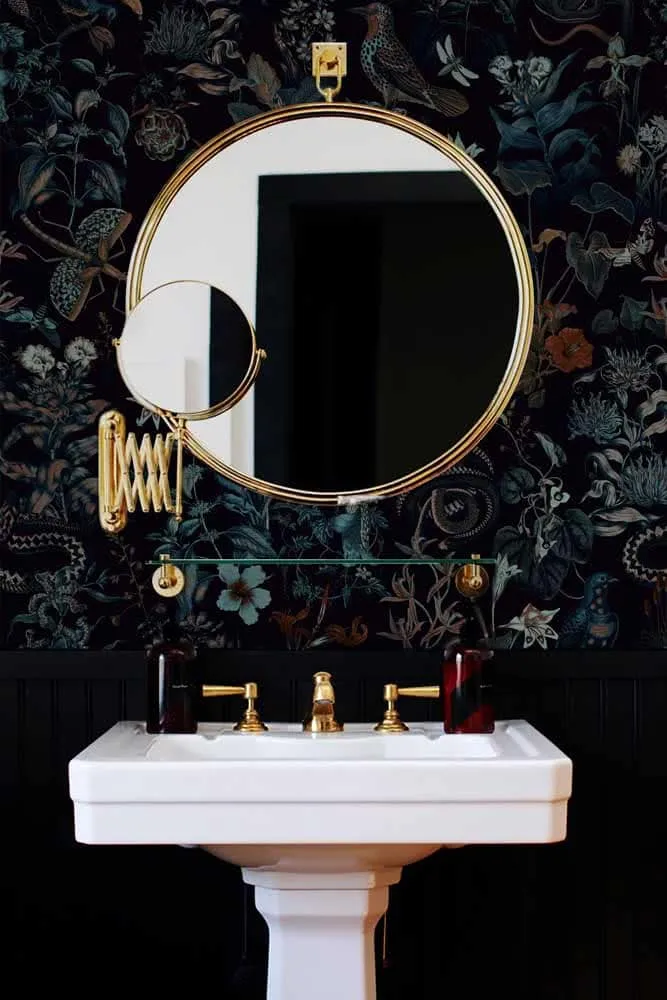 How to Choose the Perfect Round Mirror for Bathroom
How to Choose the Perfect Round Mirror for Bathroom How to Choose the Perfect Shower Screen?
How to Choose the Perfect Shower Screen?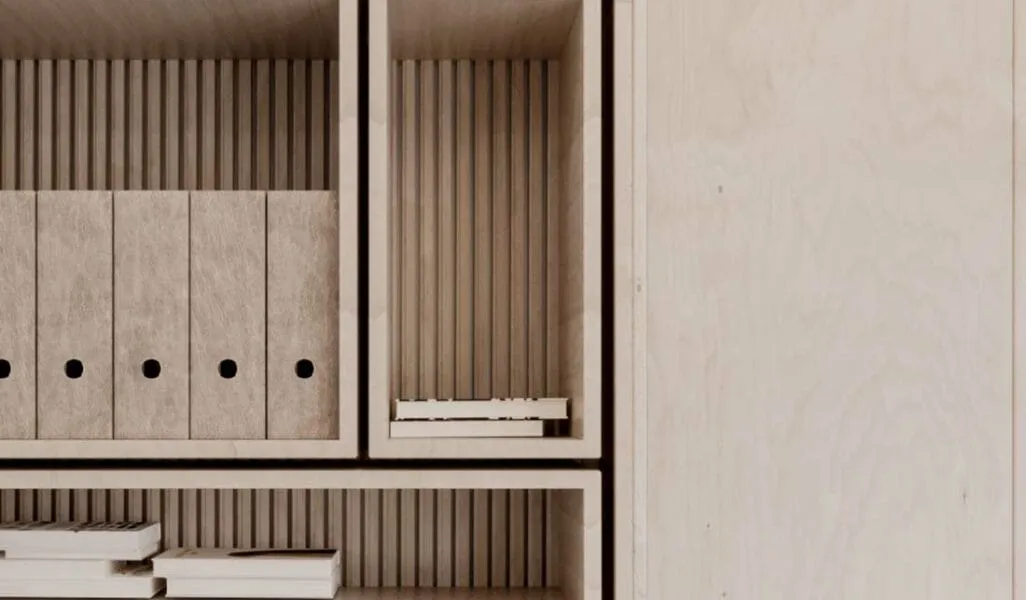 How to Choose a Reusable Cabinet You've Been Looking For
How to Choose a Reusable Cabinet You've Been Looking For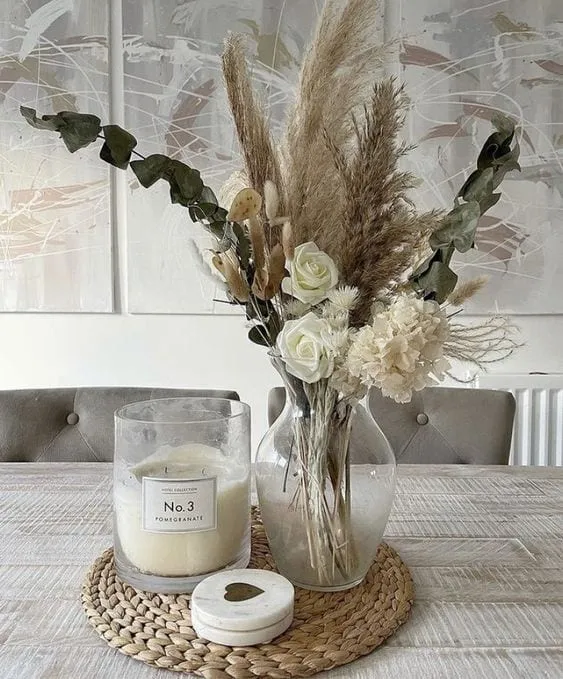 How to Choose the Most Desired Centerpieces for Your Dinner Table
How to Choose the Most Desired Centerpieces for Your Dinner Table How to Choose Bathroom Tiles and Find the Best Combinations
How to Choose Bathroom Tiles and Find the Best Combinations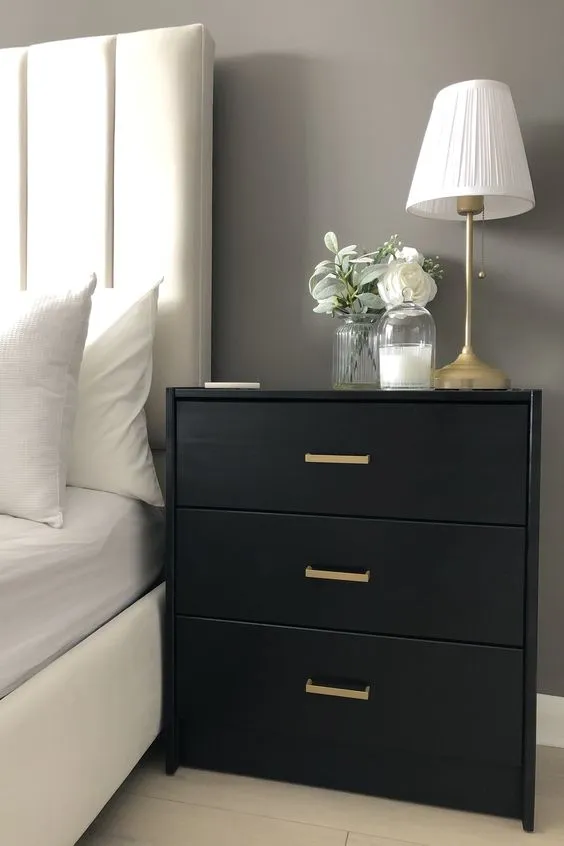 How to Choose a Dresser for Clothes
How to Choose a Dresser for Clothes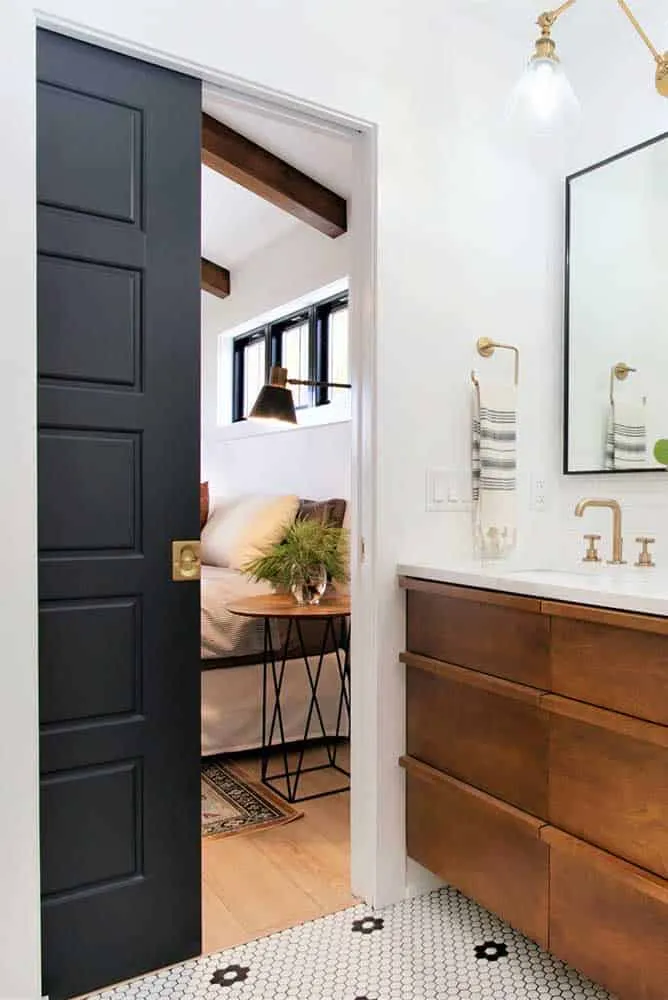 How to Choose the Perfect Sophisticated Black Door for Your Home
How to Choose the Perfect Sophisticated Black Door for Your Home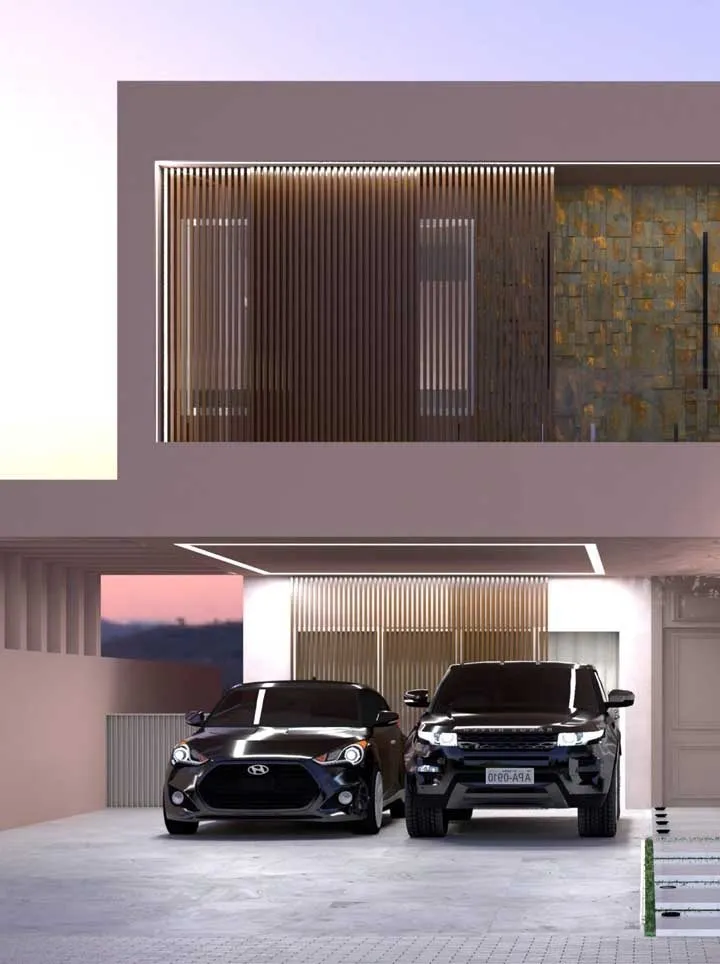 How to Choose the Right Ceramic for Your Garage
How to Choose the Right Ceramic for Your Garage